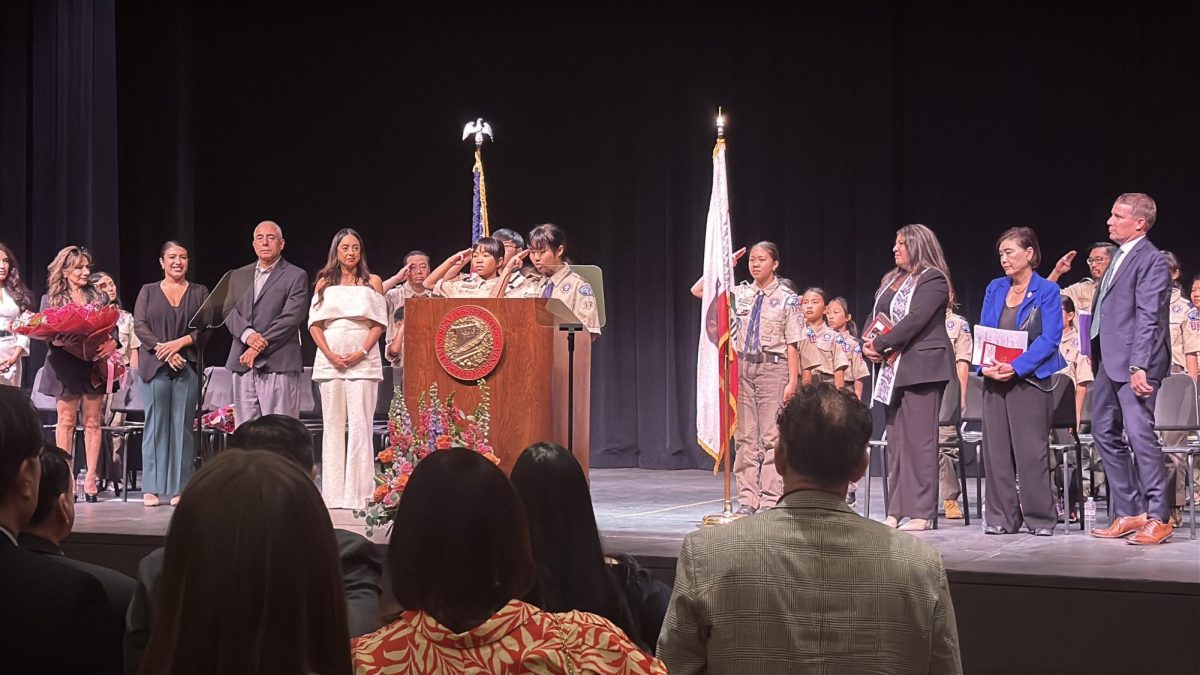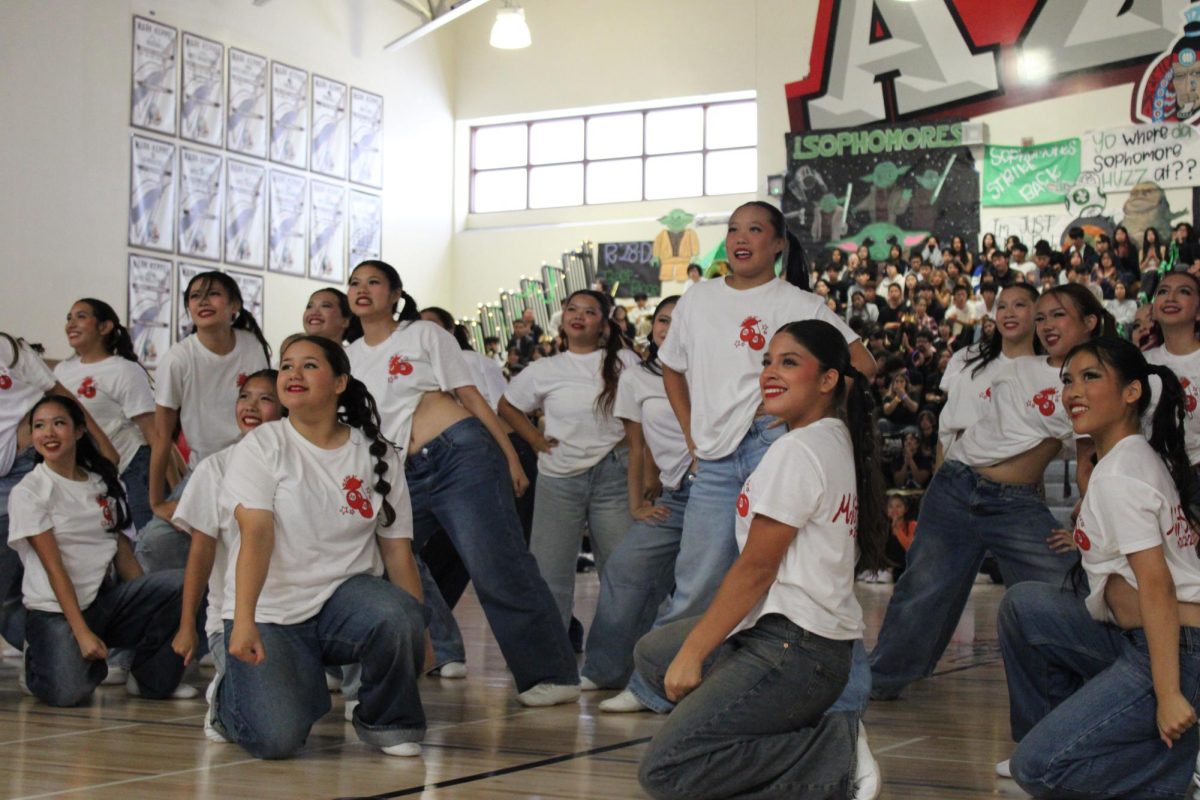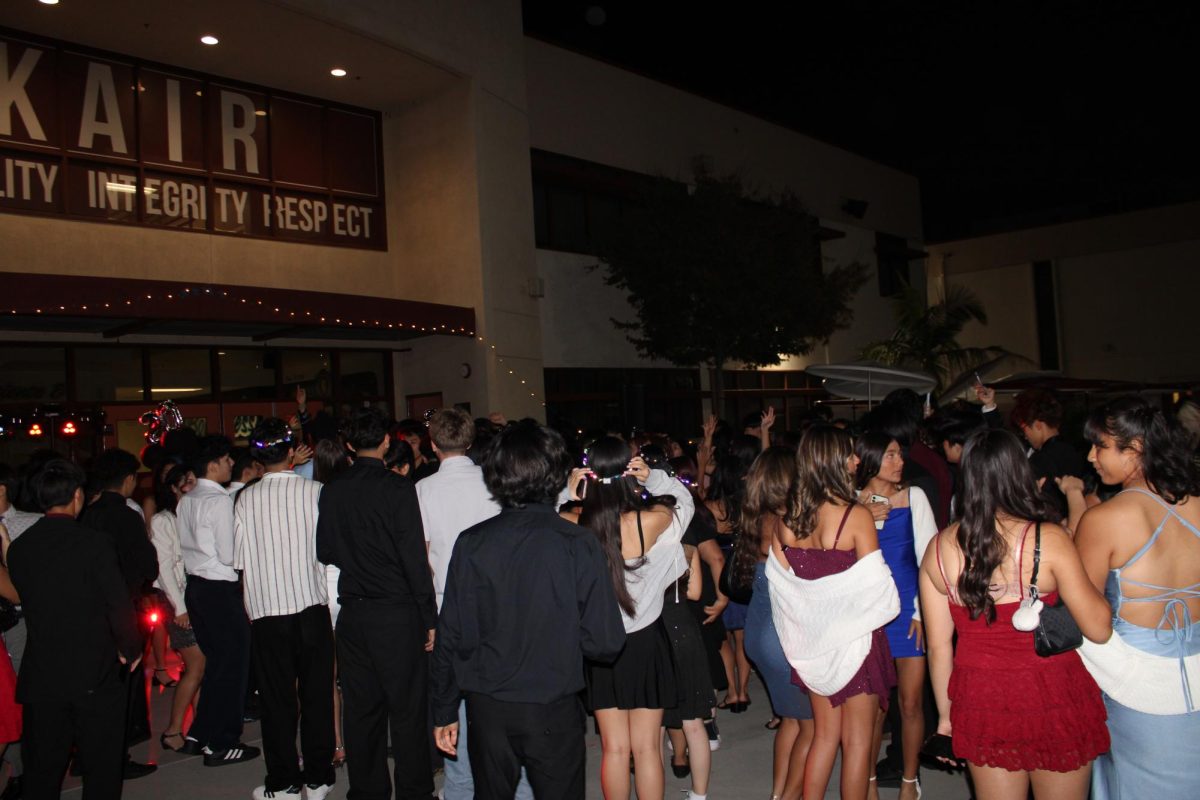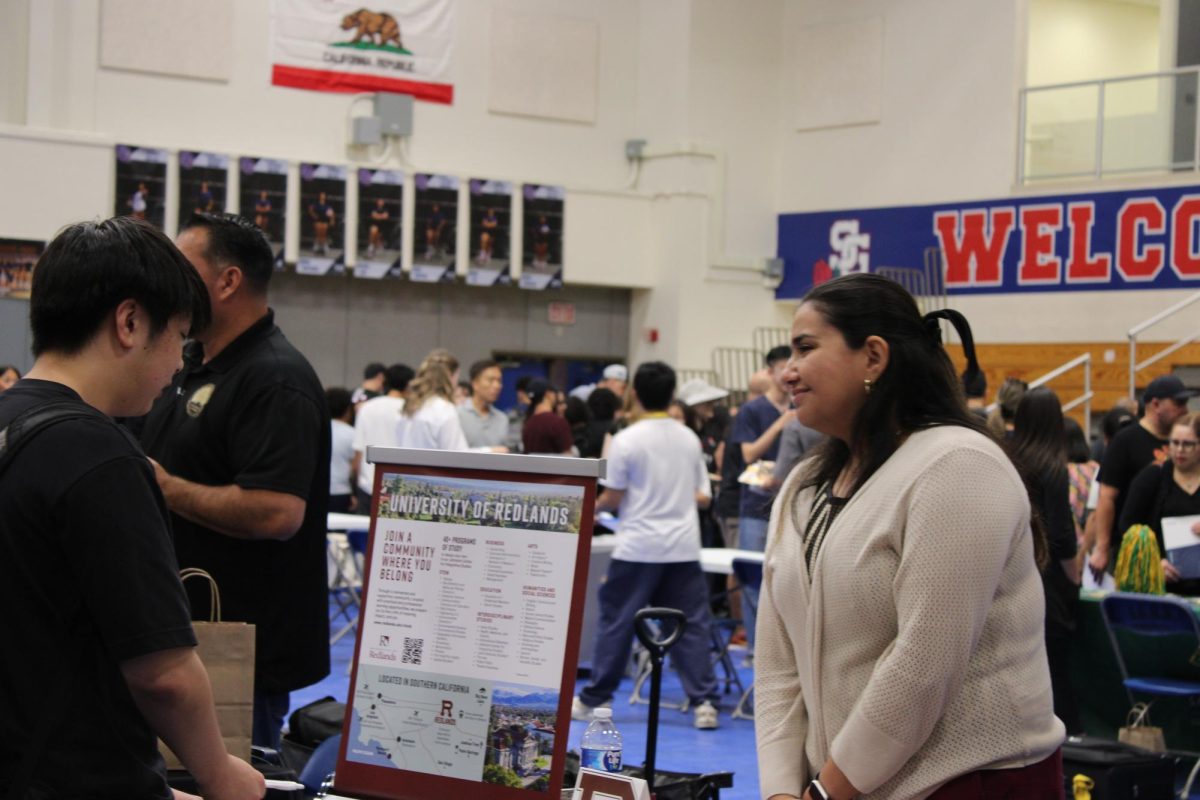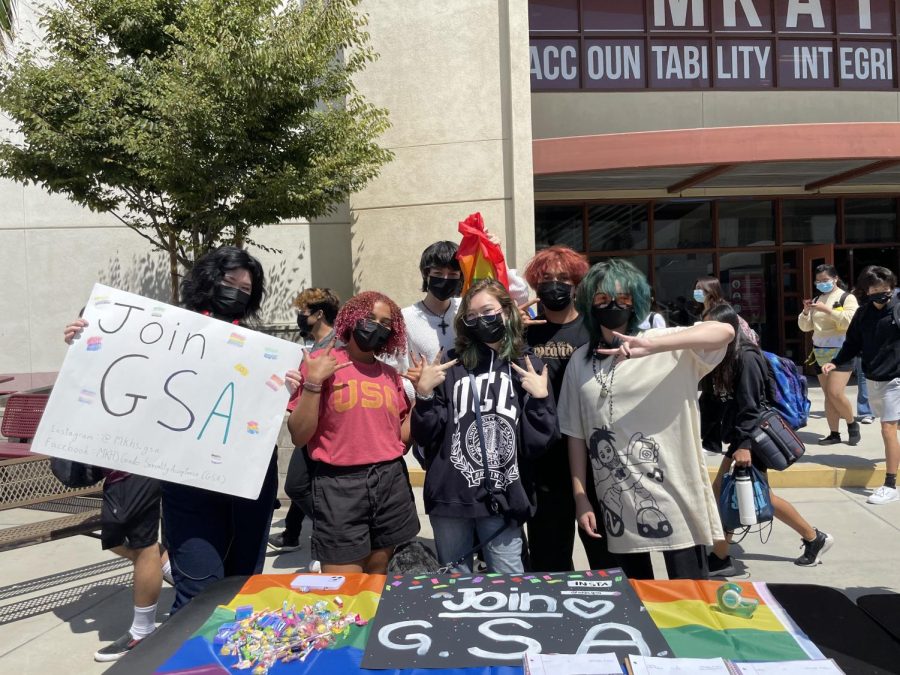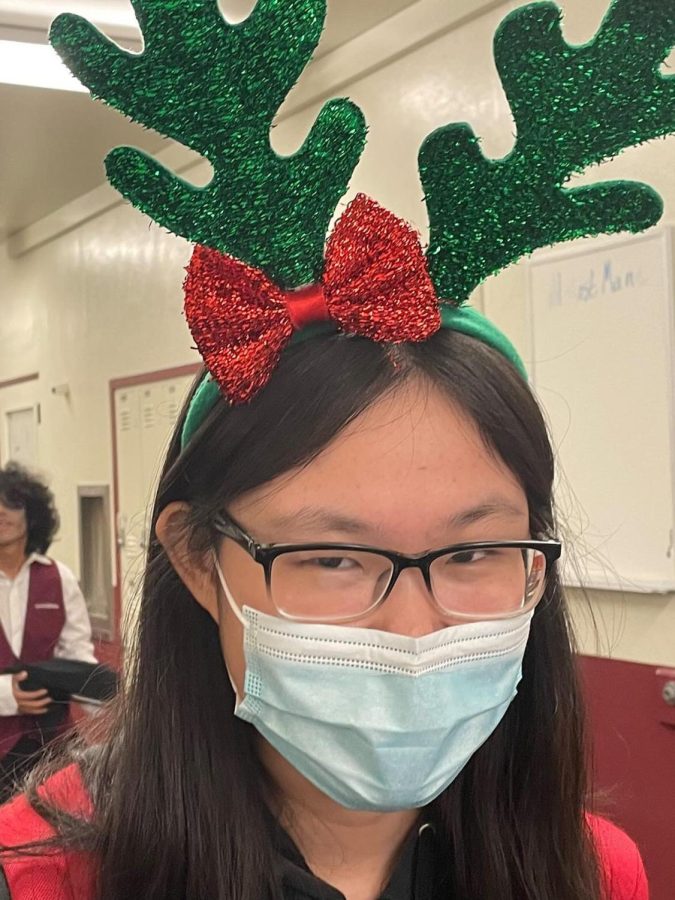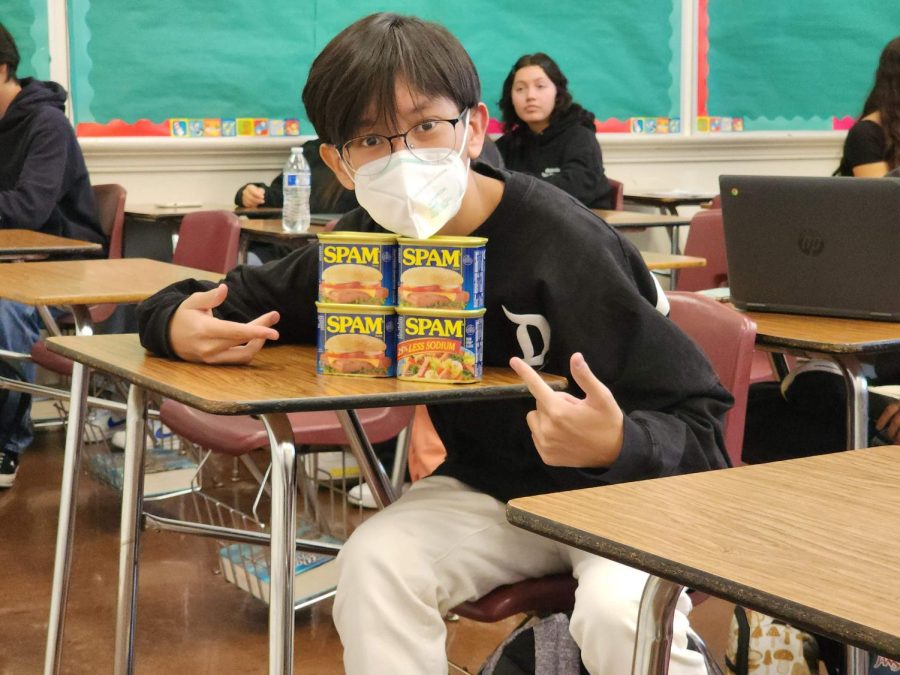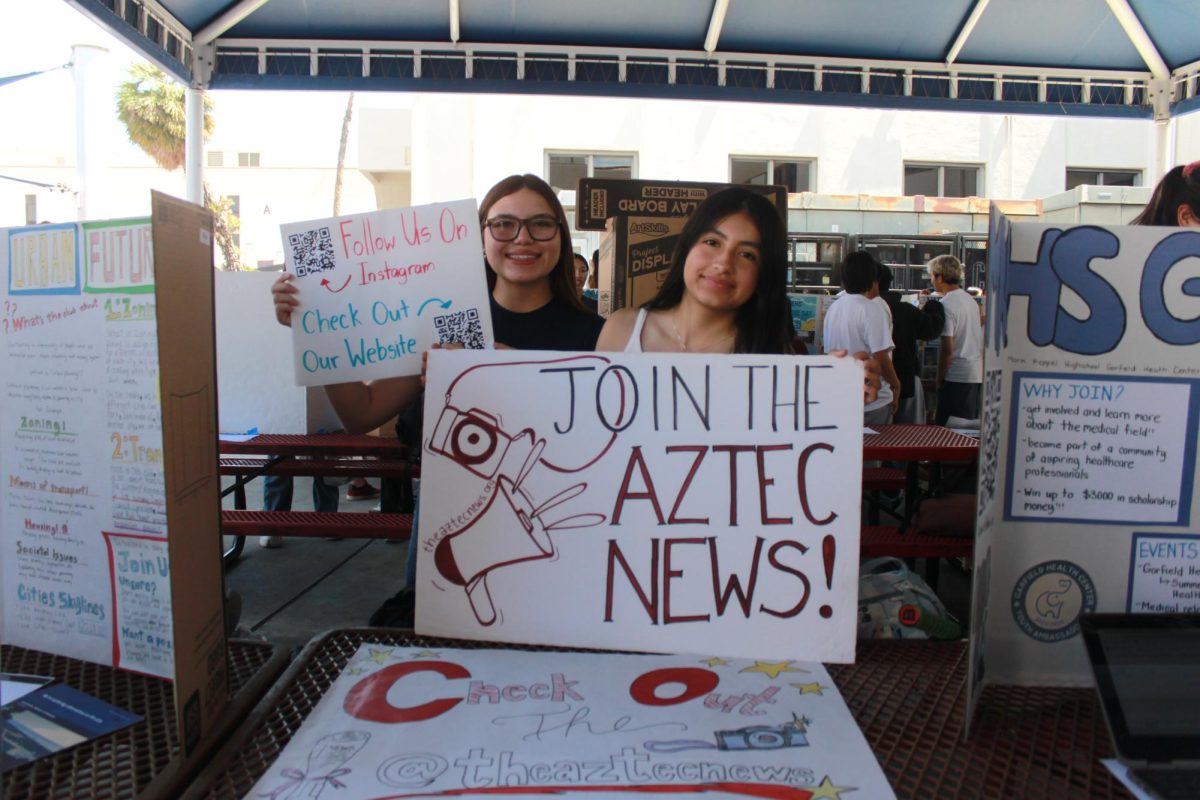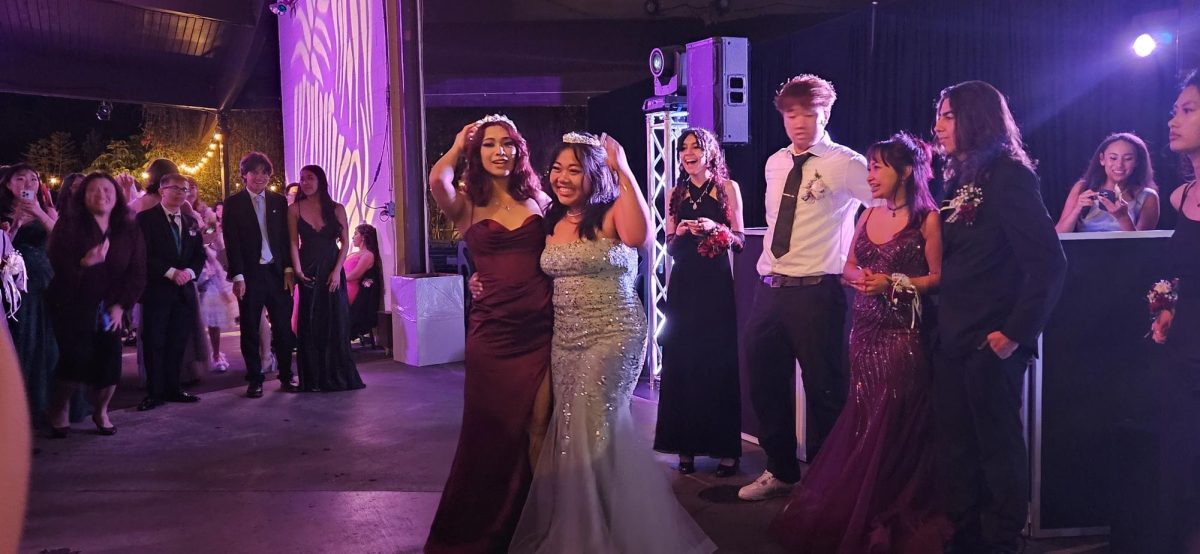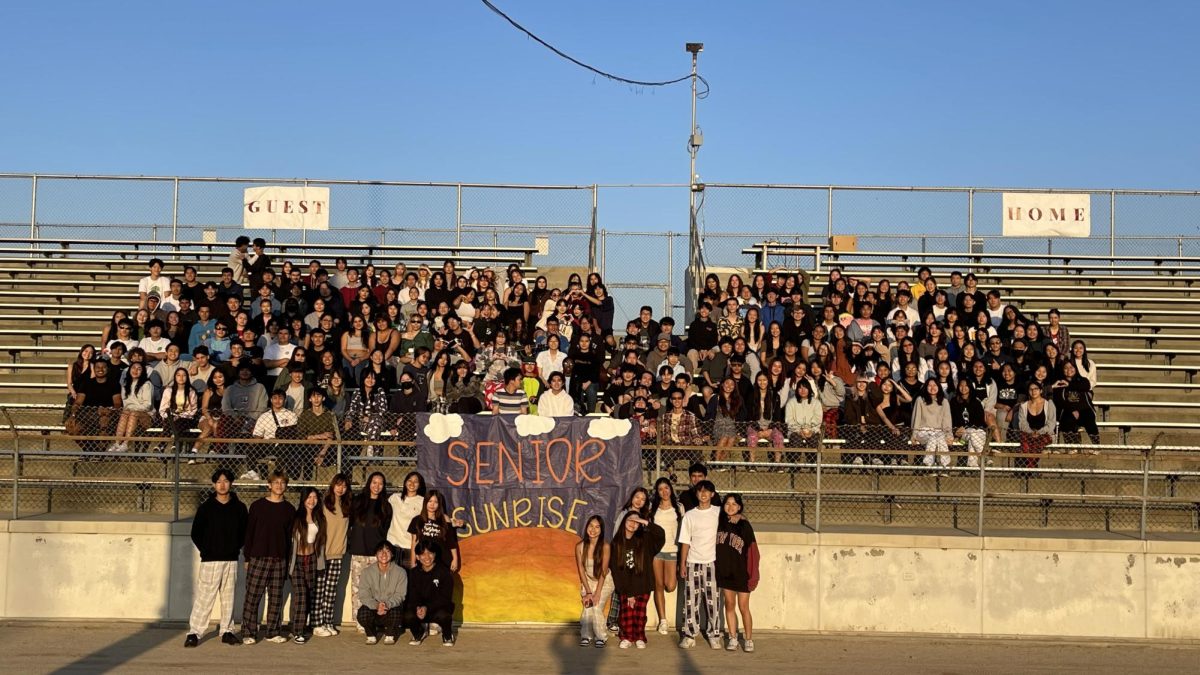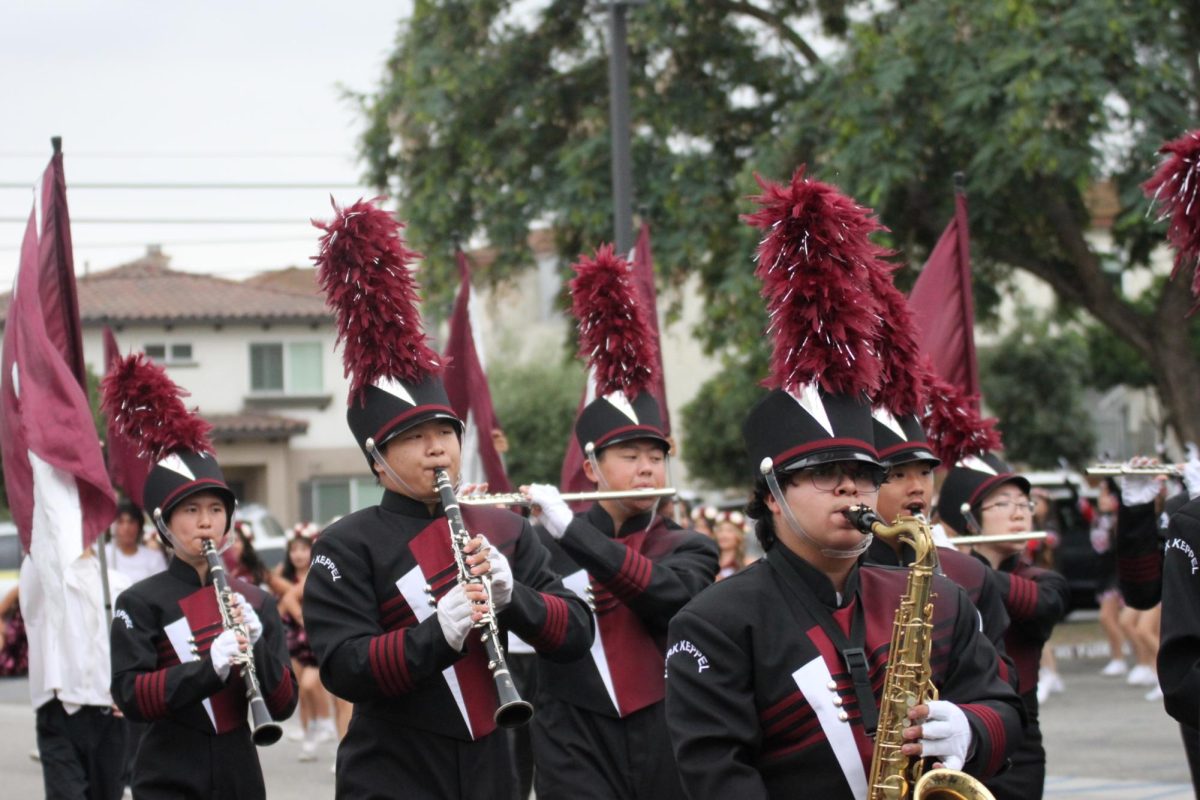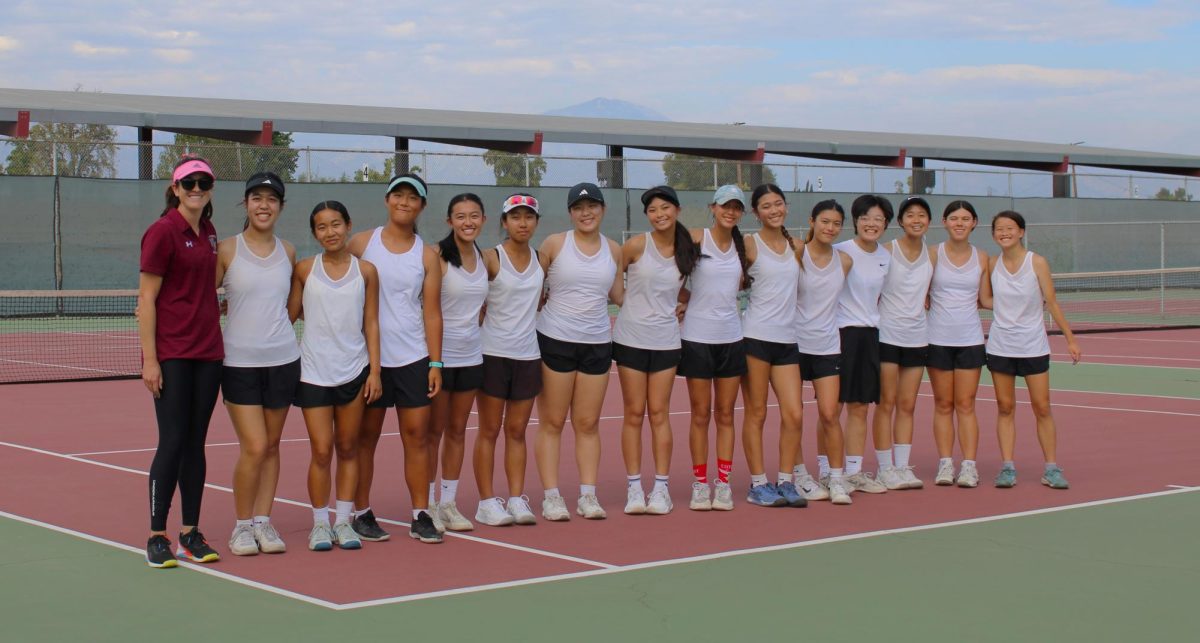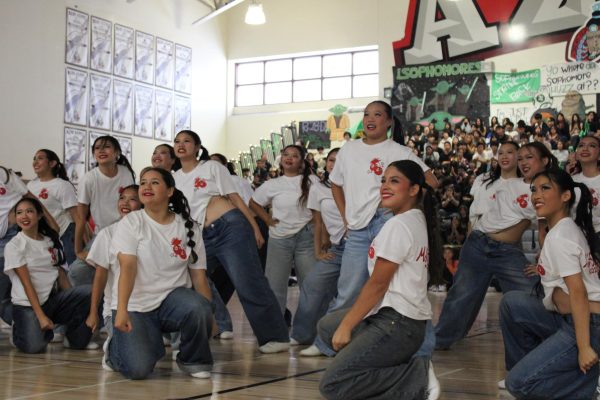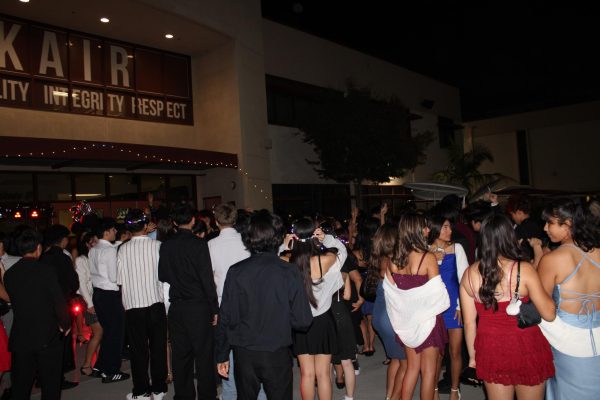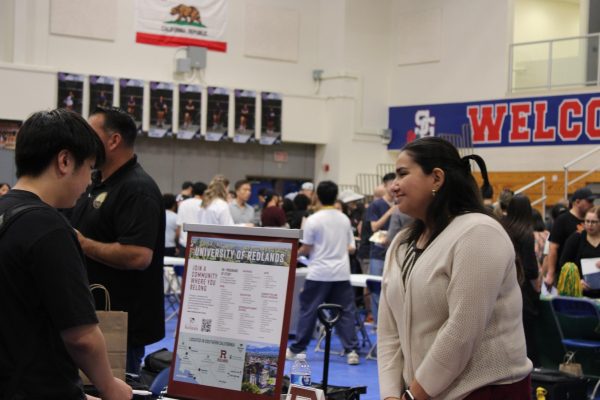Celebrating Lunar New Year
On January 22, 2023, a fusion of aromas waft through the household, loud chatters of conversation occupy the streets, and colorful pyrotechnics illuminate the night to mark the beginning of the lunar calendar. Lunar New Year is most prominently celebrated in China, but it is also largely observed in Hong Kong, Taiwan, Vietnam, Indonesia, Singapore, and South Korea.
The legend of the Nian (translating to “year”) monster sparks the origin of the Chinese variation of Lunar New Year. As the legend goes, Nian attacks villages at the beginning of each year, and the residents would protect themselves by composing a cacophony of sounds to scare off the monster (hence the wide-spread usage of firecrackers and fireworks). Along with lighting up the neighborhoods’ skies, food and family play hand-in-hand with Chinese values. On this day, social harmony and filial piety are emphasized more than ever as families throughout the country gather together to sit around one table. A variety of traditional Chinese dishes are presented at the table, but the most common ones include whole steamed fish, which represent prosperity; dumplings, which represent wealth; and sweet rice balls, which represent family togetherness. Near the end of the celebration, crowds gather to watch lion dances that dominate the streets and lantern festivals that glow in the starry sky.
As expected of regions that share a close cultural connection to the mainland, Hong Kong and Taiwan observe many of the festivities that are popular in China. However, they also have a fair share of their own quirks. In Hong Kong, shopping, decorating, and gift-giving flowers symbolize the importance of social relationships and wishing good fortune upon the receiver. In Taiwan, events are less established as businesses close down. Employees are given an extended holiday, which usually lasts five days. During those five days, activities are heavily family-orientated as relatives spend quality time together, which is often at temples.
In Vietnam, Indonesia, and Singapore, the culture of celebrating Lunar New Year is a blend of traditions, such as the gifting of red envelopes and the launching of colorful fireworks, with the touch of Southeast Asian cuisines. In Vietnam, it’s referred to as “Tet,” and the dishes include banh chung (sticky rice wrapped in banana leaves with meat or bean filling), mut tet (a wide array of candied fruits with seeds), and xoi gac (red sticky rice). In Indonesia, the new year is referred to as “Imlek,” and tea leaf marinated eggs, mangkok cake (red, steamed cakes), and lapis legit (layered cake) are widely consumed. In Singapore, the tables hold lo hei (raw fish salad), kueh bangkit (tapioca cookies), and bakkwa (salty-sweet dried meat).
In South Korea, Lunar New Year is called “Seollal,” and is similarly based on family unity. No act better embodies this value than sebae, which involves bowing deeply with the knees and hands to the floor. Generally performed by younger members, it’s meant to signify respect to elders. An especially important food is Tteokguk, sliced rice cake with meat, eggs, and seaweed. When eaten, it supposedly ages people by one year and grants people good luck for the rest of the months that follow. Playing yutnori is a common activity among all ages during Seollal, and it’s a traditional board game that requires two teams with four special sticks that determines the players’ placement on the board based on the combination of the sticks tossed.
Muge used to prefer dogs over cats, but ever since she started taking care of cats years ago, her opinion has changed. She likes big cats, especially fully...

